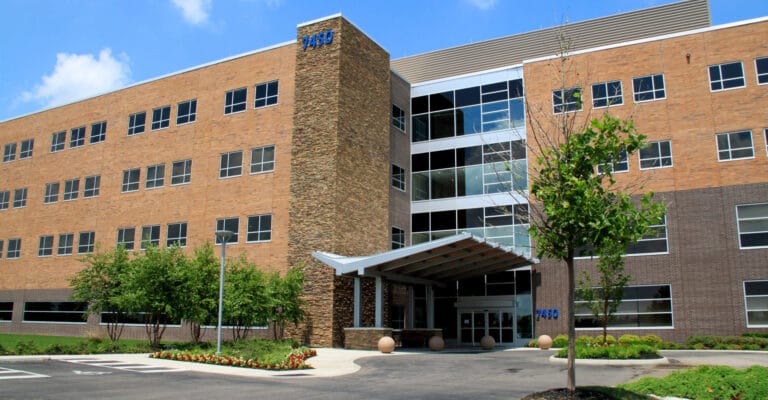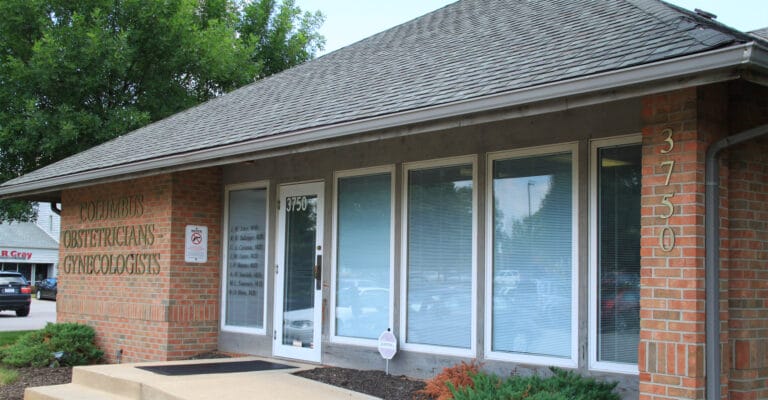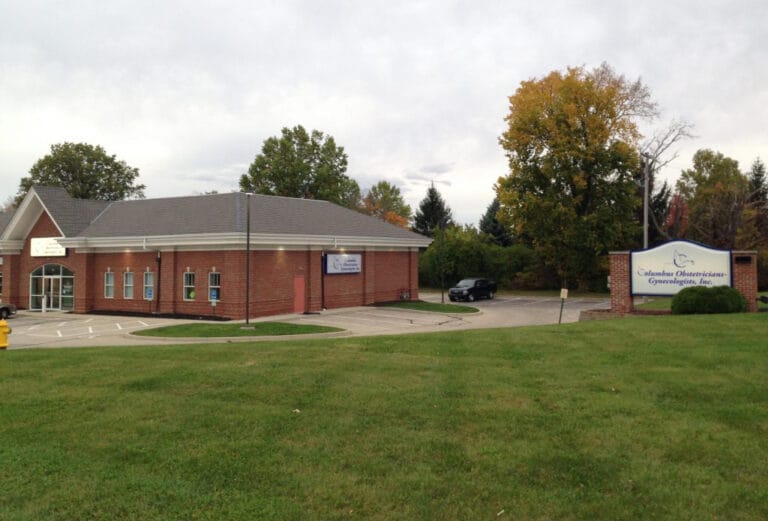A hysteroscopy is a procedure that allows a doctor to look inside the uterus with a small, telescope-like device. It is inserted first into the vagina, then through the cervix, and into the uterus. Hysteroscopy is an important way for doctors to help diagnose a potential problem with your uterus that they normally would not be able to do without looking inside. However, many women have questions about their upcoming procedures if they are scheduled to undergo hysteroscopy. The answers to the following frequently asked questions will hopefully help you understand more about the procedure you are about to undergo.
WHAT IS A HYSTEROSCOPY?
Hysteroscopy is a minor surgery that your gynecologist uses to get a clear, unblocked look at the inside of your uterus. This procedure is very important because it helps doctors see what they normally might miss just from a regular outside exam. The procedure usually takes place in a doctor’s office or in an operating room. When undergoing the hysteroscopy, you will be under local, regional, or general anesthesia so you cannot feel the surgery. The doctor will then dilate your cervix with a special instrument so he or she can then insert the hysteroscope into the uterus. The doctor can choose to insert a liquid or gas into the uterus to help make it larger for a better view. He or she then is free to look around in the uterus and through the fallopian tubes to see if there are any problems. If the hysteroscopy also involves surgical work, tiny instruments can be inserted and maneuvered through the hysteroscope.
For more complicated procedures involving surgery, a tool called a laparoscope may be inserted through the abdomen to also get an outside view of the uterus. When a laparoscope is inserted, doctors flow gas into the abdominal cavity to raise the abdominal wall away from the organs for a clearer view of what is going on.
WHAT IS THE PURPOSE OF A HYSTEROSCOPY?
There are several different uses of a hysteroscopy-
Diagnostic Hysteroscopy: in this case, a hysteroscopy may be used to diagnose a problem that you may have or to confirm a test result. Diagnostic hysteroscopy procedures are very important because they allow your doctor to see things he or she may miss during a normal exterior checkup, or to find things that were hidden or very small that are still causing problems.
Adhesions: If a woman is having problems with her uterus, it may be because adhesions and growths have formed along the wall. Adhesions (bands of scar tissue) may form, which is called Asherman syndrome, which can affect fertility and menses.
Abnormal Growths: Also, growths called polyps and fibroids may form inside the uterus, which has the potential to become cancerous. Hysteroscopy procedures help identify all these problems so appropriate actions may be taken.
Surgical Hysteroscopy: these procedures are also used during surgery of the uterus and other areas. A hysteroscope will be inserted along with other tools to do procedures such as a dilation & curettage (D&C) or other procedures.
Abnormal Uterine Bleeding: A woman who has extremely heavy menstrual bleeding or post-menopausal bleeding may have a hysteroscopy performed on her to determine the root cause of the abnormal bleeding. In this case, a biopsy of the uterus may also be taken.
Infertility: If a couple cannot conceive a baby, a hysteroscopy may be performed to look at the size and shape of the uterus. Oftentimes the size and shape of the uterus play a large role in a woman’s ability to become pregnant, and hysteroscopy procedures can determine if this is indeed the reason why.
Displaced IUDs: If a woman is using a form of contraception called an intrauterine device (IUD) which is placed into the uterus, it has the potential to become dislodged. A hysteroscopy can be used to locate and correct the placement of an IUD that has become displaced.
WHAT SHOULD I EXPECT IF I AM GOING TO UNDERGO A HYSTEROSCOPY PROCEDURE?
The first thing you should know is that a hysteroscopy procedure is extremely safe and done only under the safest conditions. Over 99% of all cases end up being completely problem-free and without further complications. However, it is important to talk to your doctor first about what his or her personal preferences are when it comes to performing hysteroscopy procedures.
A hysteroscopy works best when it is performed before the first week after your menstrual period. You may be asked not to eat or drink for a certain time before it is performed. Prior to the surgery, you will be put under local, regional, or general anesthesia, depending on how invasive the hysteroscopy will be and what will be done. You will also be given a sedative so that you can relax before the anesthesia is administered. When local anesthesia is given, it is used only around the cervix to numb it. You will be awake during the procedure, but won’t feel anything going on, and may only experience cramping afterward. If regional anesthesia is used, a drug will be injected through your back (epidural) to block the nerves from feeling anything in the pelvic region. You will also be awake, but will not feel anything. If general anesthesia is given, you will have to breathe special gasses through a mask that will make you unconscious during the surgery.
Depending on the type of anesthesia used and the invasiveness of the procedure, your recovery time will vary. Many women experience cramping, light bleeding, back pain, and nausea for the next two days but generally are able to return home that day.
ARE THERE ANY RISKS OR COMPLICATIONS THAT COULD ARISE FROM THE PROCEDURE?
As with all procedures, there are a few risks associated with a hysteroscopy. Injury to the cervix or uterus could occur, but that is exceedingly rare and happens in less than 1% of all cases. Also, an infection could spread, but this is also not likely. However, if you have severe abdominal pain and/or a fever, see your doctor immediately. Although some bleeding will occur for several days after the procedure, it is not normal for large, heavy amounts to occur. However, this side effect is also very rare. All in all, a hysteroscopy is a very safe procedure.
IN CONCLUSION
A hysteroscopy procedure can be a life-saving thing; because of this procedure, your doctor has the ability to see almost anything that could be making you sick, and fixing them. Although hysteroscopy procedures have the stigma of being uncomfortable and intimidating, they are truthfully one of the safest procedures possible. If worried about pain or nerves, it is important to know all the facts about the procedure you are undergoing and what all will be going on. Talk to your doctor about any fears or concerns you may have about the procedure.














